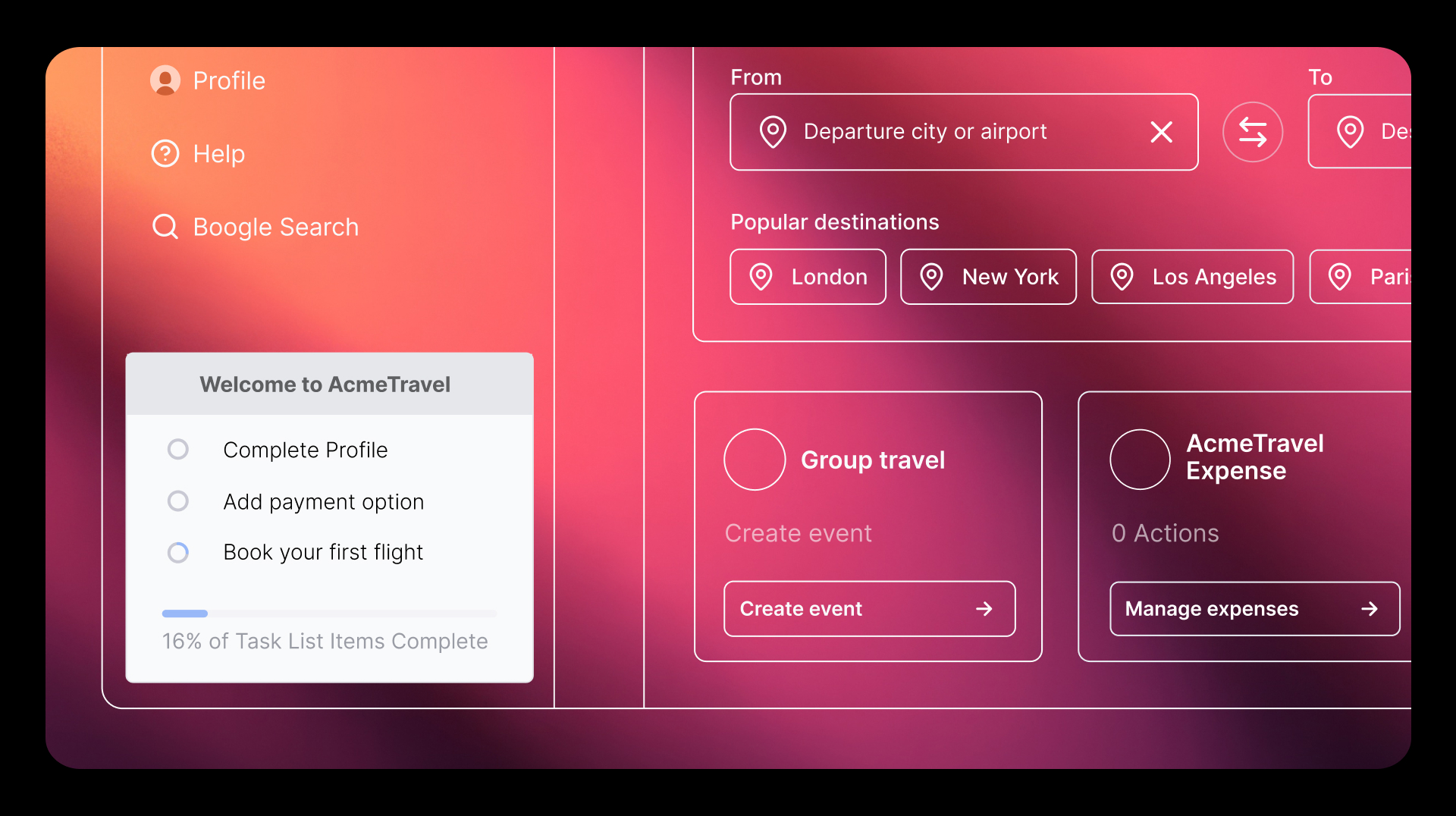For any software company, gaining product-market fit—when your product satisfies a distinct need in the market—is a key milestone and sign of success. It’s also what venture capital firms look for when evaluating whether or not to invest in a given business.
Another commonality among the most successful companies is that they are product led. Their products are not just the thing they sell, but instead drive the entire customer experience—from acquisition and onboarding to support, renewal, and beyond. This fuels more efficient growth, helping these companies reach key milestones faster and surpass the competition.
So what’s the connection between product-market fit and product-led growth (PLG)? This was the topic of a recent webinar featuring Sudhee Chilappagari, vice president at Battery Ventures, and Nichole Mace, VP of product growth at Pendo. Here are some of the top takeaways from their discussion:
What is the product-market fit flywheel?
Chilappagari explained product-market fit using a helpful metaphor. Not having product-market fit is like a bad fishing day: You’re casting out plenty of lines, but nothing is biting. Having product-market fit, on the other hand, is the exact opposite: There is so much organic demand for your product that you can’t keep up.
For most companies, finding product-market fit is a process—which is where the flywheel comes in. Here’s a breakdown of the steps involved:
-
- Acquire customers
- Drive product adoption
- Learn from product usage
- Build better products
When you have product-market fit, this flywheel should spin on its own. You’re able to continuously acquire customers, increase their usage of your product, learn from that usage, and then iterate to make the product even better.
7 principles of product-led growth
Although there’s a lot that goes into product-led growth, Mace shared seven PLG principles that companies should keep in mind.
-
- Allow users to experience your product for free. This could mean opening up access to parts of the entire product for free, offering a free widget for users to try out, or even a time-bound free trial.
- Deliver an “aha” experience as soon as possible. It’s important for users to realize the value of your product quickly, but remember that this “aha moment” likely won’t be the same for every user.
- Commit to “best in class” usability for new users. This is all about learning from your users’ behavior. For example, if you see users dropping off during a workflow, you can use session replay to identify any usability issues and then fix them.
- Delight free users so much that your product becomes a habit. Building on principles two and three, the ultimate goal is to ensure users love your product so much that they keep coming back.
- Make purchasing feel like the user’s next natural step. You want users to feel okay paying for the premium version of your product—they’re comfortable paying because they know they’re going to get even more value.
- Experimentation and iteration win over big releases. Product-led growth isn’t about building something and not looking back. It’s about making small changes over time, learning from experiments, and constantly iterating.
- Build in virality at every turn. With PLG, your users become your best sales and marketing resources. Make it easy for users to share parts of your product or even refer other users.
How to find product-market fit with PLG tactics
Now comes the fun part: putting the product-market fit flywheel and PLG principles together. Companies can use product-led growth strategies to help fuel the product-market fit flywheel, and even get to the point where the flywheel is spinning on its own. Here’s what this can look like at each step:
-
- Acquire customers: A free product is the ultimate way to gain new customers and fuel organic, inbound demand. In this case, customers’ intent is also higher since they’re willingly signing up to access your product and are more likely to actually start using it.
-
- Drive product adoption: With PLG, increasing adoption becomes easier because of the organic user acquisition you’ve been able to drive with a free product. And since you’ve invested in usability and creating an “aha” experience, users are more likely to adopt and continue engaging with a product that meets their needs.
-
- Learn from product usage: Once you’ve been able to increase adoption, you’ll have more data points from which to derive meaningful insights about your users and overall product experience.
-
- Build better products: Using the product data that’s constantly flowing in, you can run experiments and iterate quickly to improve your product. Your product will get better every single week, and you’ll have clarity around your core user personas and their jobs to be done—which helps sales and marketing with their acquisition efforts, too.
Want to dig deeper into product-market fit and PLG? Watch Sudhee and Nichole’s full discussion:


